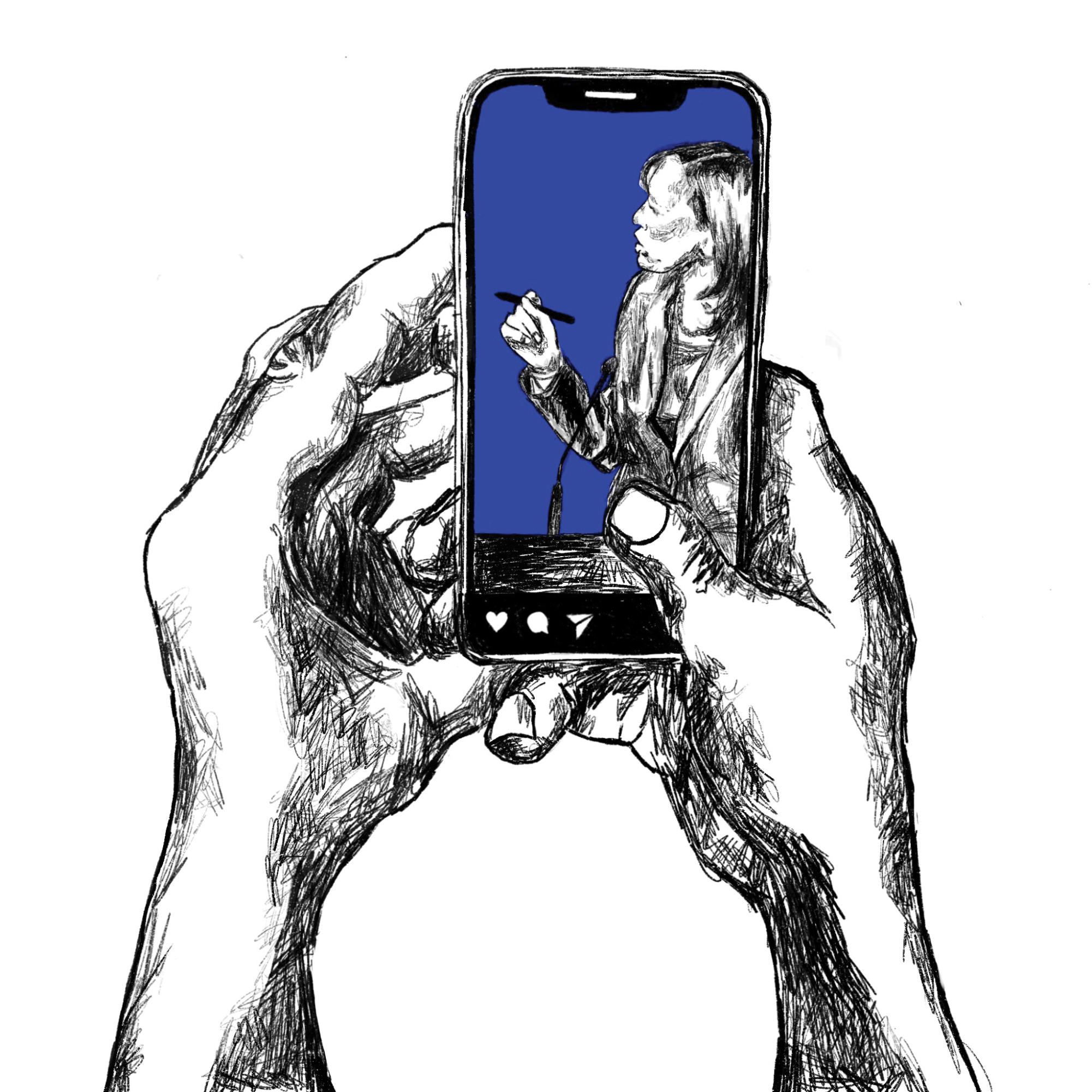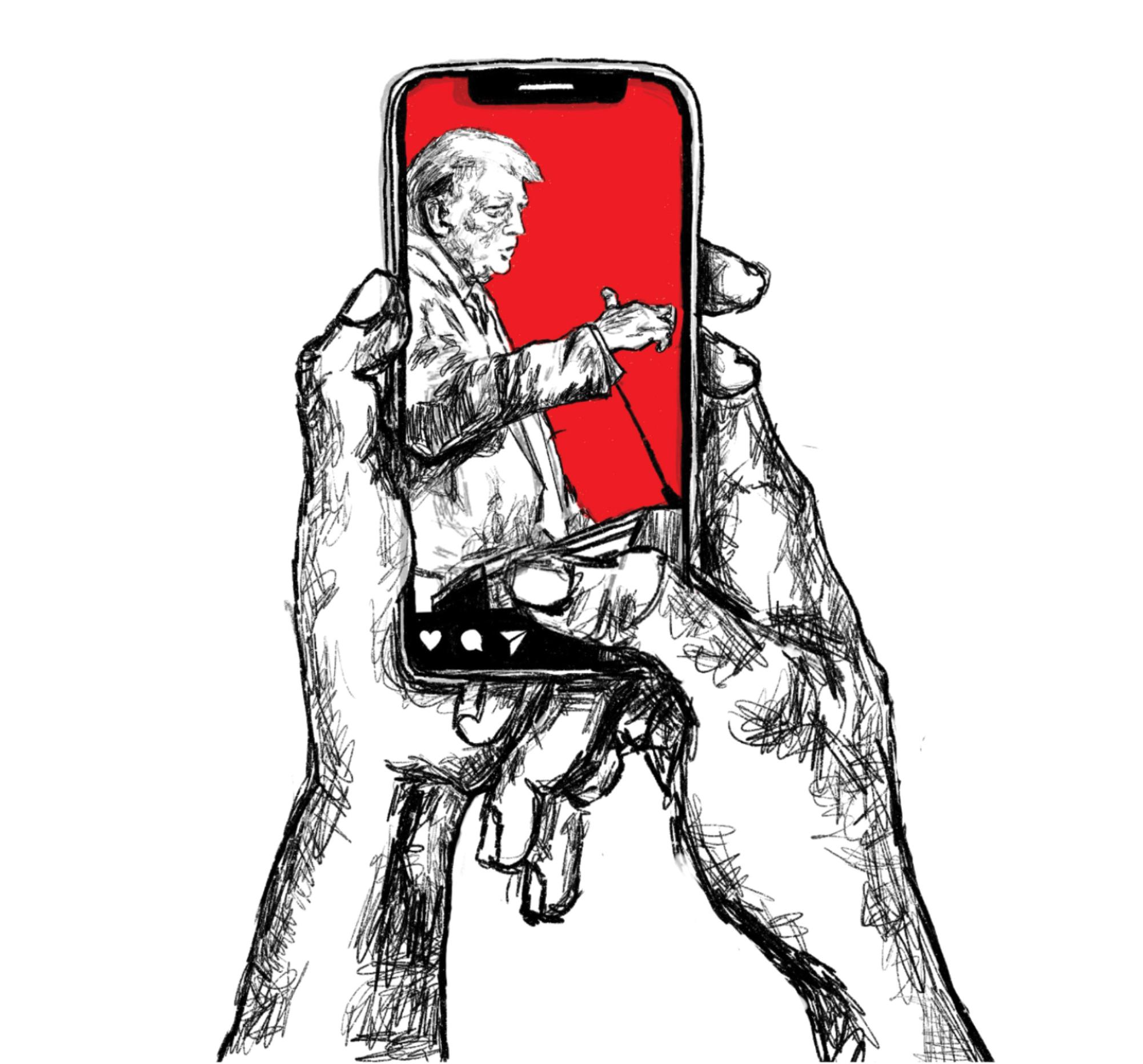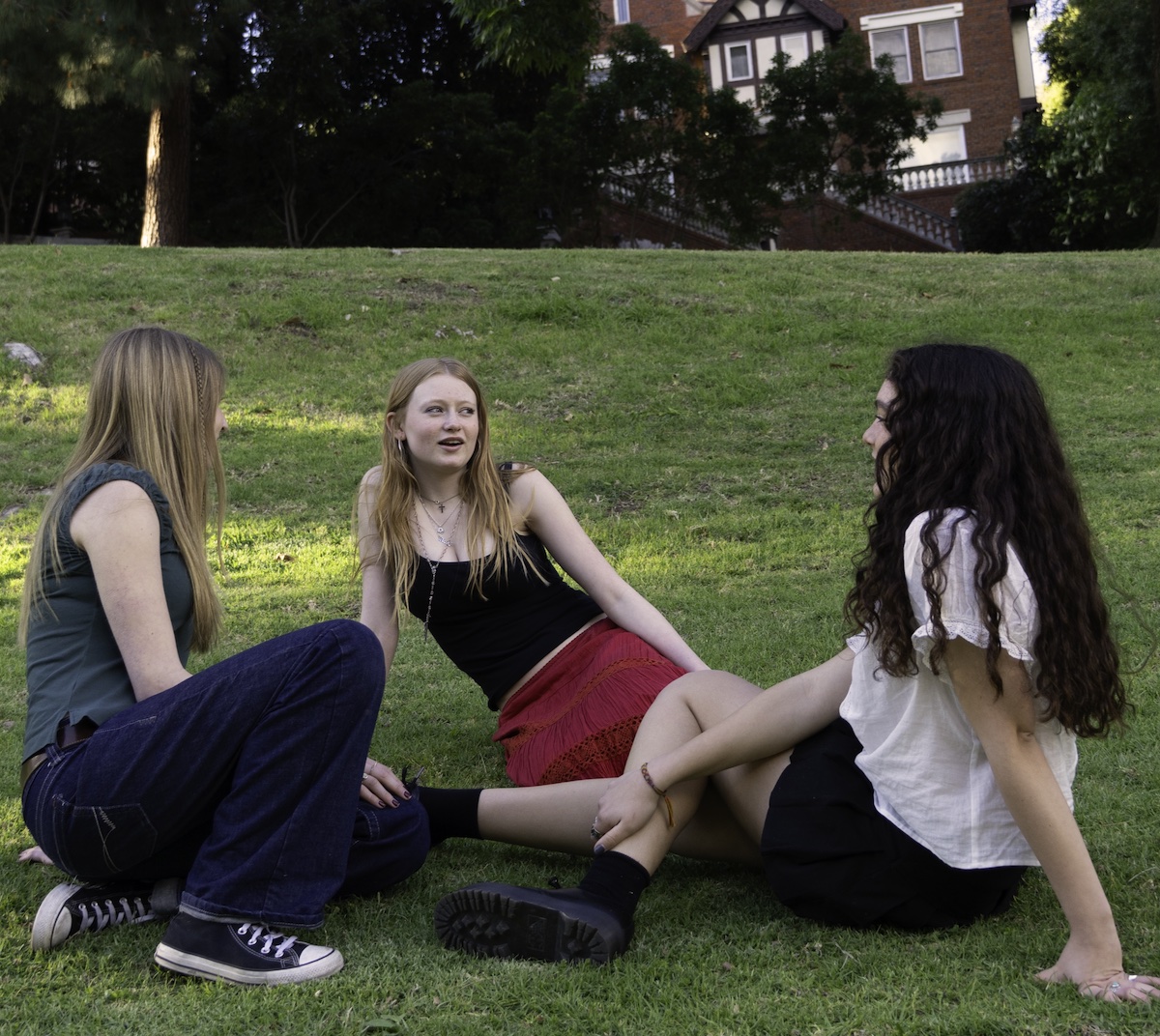
Political campaigning surrounds us whether we are aware of it or not. It is in video advertisements, it exists in small coffee shops and, recently, it is all over social media.
However, campaigning did not always come directly from the candidate themselves. In the past, local supporters would host events on a candidate’s behalf during presidential elections. Presidential nominees felt it was inappropriate to personally ask voters to vote for them, so their local supporters used all accessible media to familiarize the public with the candidate. Supporters achieved this through rallies, parades, newspapers, prints, cards and organized speeches.
In addition to images of their own faces, candidates needed something to represent their ideas. Animals became symbols of parties’ values and beliefs beginning in the mid-19th century. Campaigning would typically relate to trends and pop culture references of the time period. For example, the Woodrow Wilson campaign used cartoons and songs in the early 20th century to help people understand the candidate’s political messaging and to get them involved.
“Campaign songs written about candidates fit right into a culture where singing was popular,” The New York Historical Society said in an exhibit about the origins of modern campaigning.
Although campaigning began around 1860, the basics of advocating remain the same today. Songs, which would have been appealing to the common citizen in the past, have evolved into shorter promotional videos for audiences of all ages. Unlike purposefully organized committees, a plethora of unpaid and voluntary young adults have used social media to create fast-paced and entertaining edits of the presidential candidates, with both serious and humorous tones. A wide variety of content such as songs, photos, slang terms and memes have been employed in these videos.
This type of video content, also known as edits, are a large component of campaigning in the age of social media. Filling up the social media feeds of a significant portion of the population, edits communicate what a candidate imagines for the country, and thus have the potential to influence others. They also are widely accessible and do not take long to watch, which can increase the view count.
“One of the most popular examples has amassed more than 2 million views and more than 500,000 likes,” Mikayla Denault said in an interview with CBS News when referencing the BRAT X Kamala TikToks. “The tag #kamalaharris is also trending on TikTok, with more than 101 million views and 9,000 posts in the last seven days.”
Creators are hopeful that as more people view the promotional political content on social media, more will be inspired to create some themselves, ultimately creating a positive feedback loop in campaigning. While in the past it might have been more difficult for supporters of presidential candidates to persuade others to start campaigning, recent technological advancements have made the average person more likely to join a movement and use everyday tools to show support. Social media has given more people than ever before access to tools that can be used to promote candidates and political positions.
“By running ads on various types of media, candidates can reach audiences that otherwise may not have been paying attention to the election and build name recognition, highlight important issues and call attention to the shortcomings of their opponents,” Lata Nott said to the American Bar Association.

Methods of campaigning are constantly changing to adapt to the context of elections. Because young voters could be the deciding factor of the presidential election in November, the Harris for President (HFP) campaign has been trying to engage younger audiences.
Due to the increase of political content on social media, influencers not associated with the campaign have been pressured by their fans and others on social media to declare their chosen candidate to the public.
Following the 2024 Presidential Debate in September, pop star Taylor Swift, who has 284 million followers, officially announced her endorsement of Harris in a post that garnered 10 million likes and 1.5 million shares.
She is far from the only celebrity to publicly endorse a candidate, and other influencers on social media have also taken to their platforms to talk politics.
One such influencer named Vidya Gopalan, known online as @queencitytrends, has a combined 3.6 million followers on TikTok and Instagram. She said she discusses politics in some of her videos, but her account is not mainly political.
She also said she believes that creators should not be required to speak politically. She said she believes there is no problem with discussing politics on social media, as long as public figures have reputable information.
“It doesn’t make sense for people to blanketly state something or say an opinion when they’re not aware of the topic,” Gopalan said. “I don’t think it’s for everybody, but if they’re open to it, then I don’t think there’s anything wrong with it.”
Campaigning through social media has expanded beyond making content from home. Gopalan was one of the 200 influencers who were given credentials to attend the Democratic National Convention (DNC) in August, which is the first time a political campaign has ever involved influencers in their official campaign strategy.
Georgia delegate Avi Dhyani, 18, said that the Harris campaign clearly knows how important the youth vote is in this election because they are targeting young people through social media.
“The [HFP] campaign understands that the youth are making up the largest majority, and we are starting to become massive voting blocks within each state,” Dhyani said. “If they want to win, they need to make sure the youth is engaged.”
Gopalan agreed, saying that it is a “great way” for political campaigns to reach audiences who may not engage with traditional media. She also said that social media is the main way Gen Z obtains information, so it is a good way to encourage them to cast their votes.
“‘Gen Zers’ are watching TikTok to see what’s happening day in and day out,” Gopalan said. “It’s a good way to reach those people, and hopefully those people vote in the upcoming election.”
Outside of social media, Dhyani said the HFP has been focusing on the youth perspective by partnering with numerous youth activist leaders and affinity groups.
“They’ve been working with youth activist leaders, Maxwell Frost, Anderson Clayton and the North Carolina Democrat Party. They have held various training events, and they’re always making sure to keep us updated via email,” Dhyiani said. “The youth is really put front and center in this campaign.”
Dhyani also said that the focus on youth in this campaign is evident with their focus on Brat, a trend on social media that stems from the release of Charli XCX’s new album, “Brat,” where she redefines the term Brat in a positive light. The trend took over social media this summer, as the launch of the album marked the beginning of “Brat Summer.” The Brat album created a movement on social media, with one of the most popular videos tagged #brat receiving over 700,000 likes on TikTok.
HFP rode this wave, frequently using the phrase “Kamala is brat” on their official campaign TikTok, other digital platforms and on their merchandise. They effectively rebranded the campaign with the Brat album’s signature arial font and neon green background.
At the DNC, other Democratic organizations also adopted the Brat-themed branding such as Next Gen America, an organization that aims to bring young voters into the civic engagement process by helping them register to vote and educating them about candidates and policies.
NextGen America’s Communications Director Emily Slatkow said that the youth vote will be the deciding bloc in the coming election, so it is important, now more than ever, to reach out to them. She said social media may be the best way to do so.
The organization is very active online, and they have accounts on all mainstream social media platforms. They work with content creators and other organizations such as Hot Girls Vote and Men’s Voter Power, as well as student athletes.
Slatkow said she has seen more efforts to reach young voters this year than in previous elections, but the major turning point occurred in 2020 when campaigns had to move online due to pandemic restrictions.
“2020 was a major turning point where we were forced to turn our traditional campaigns that would be on the ground online,” Slatkow said. “All of a sudden we were engaging and bringing in an entire community that hadn’t been spoken to in years. Continuing on that momentum and continuing to build on that is going to be helpful.”
Marlborough students often engage with political messaging both on social media and traditional news platforms.
However, when answering a survey sent out to the Marlborough student body about social media’s impact on politics, 54% of 61 students reported that they never or rarely use social media as their primary source of information.
The political content they do see on social media is usually opinionated and comedic edits, with 49% of respondents reporting they view this type of content the most frequently.
Phoebe ’25 said she sees a lot of political content on Instagram because users can easily repost content. She also said that Instagram’s repost feature can be positive because it helps raise awareness for political organizations.
“It can increase awareness. There are definitely benefits to seeing your favorite influencers and your friends be political,” Phoebe said.
She also said that the repost feature comes with some inherent flaws. She said it supplies the public with subjective news sources and perpetuates the spread of misinformation. Phoebe said the majority of people probably do not verify all of the information they obtain, and it is hard to avoid influence on social media when opinions are increasingly prevalent.
“I often fall prey to seeing something and then believing it without even realizing,” she said.
Other Marlborough students agree with Linn’s concern about misinformation. Sixty-one percent of respondents to the survey said they do not trust most of the political information they see on social media. Jemma ’27 said she is always wary of her news sources and prefers to get news from trusted sources, rather than social media platforms.
“I’m entertained by how candidates’ publicity teams have begun to cater to younger audiences, but if a post contains any news being called fact, I’m always wary of the source,” Jemma said. “I prefer to get news from news sources I trust instead of social media, which can often inflate or misinterpret issues.”
Adison ’28 said she thinks political influencers weave their implicit bias into their content, agreeing that the information is not always reliable.
“When I see political commentary, they are biased interpretations with skewed facts,” Adison said. “Left or right, all political influencers hide certain truths to make their statement seem more exaggerated.”
The majority of respondents said they are more receptive to posts that specifically target young people, like the “Kamala Is Brat” trend or other edits that incorporate sounds or video styles that are popular among Gen Z. Clara ’28 said she is less receptive when the use of trends seems disingenuous and solely focused on getting young votes, rather than posts that suggest they truly care about the youth perspective.
“If political posts are targeted towards a younger audience in the sense that they care about the opinions of the youth, I am more receptive,” Clara said. “However, if they follow trends or try to be funny to try and get votes and support from a younger audience, I am less receptive.”
Slatkow said NextGen America has noticed that the majority of Gen Z value authenticity and candor and look for it in political posts and messaging. As a millennial, Slatkow said she was influenced by what she witnessed during the 2008 election when she was a kid. With a recession happening during that time, she was impacted by watching people not follow through on changes that they promised to voters.
Additionally, Slatkow said that other young people see through any empty promises that politicians make today, and that it is important to stay informed and try to determine whether politicians are being truthful.
“Young people see right through [politicians’ lip service],” she said. “We know that if someone says something that doesn’t necessarily mean it’s going to happen. We need to see action.”
Your donation will support the student journalists of Marlborough School. Your contribution will allow us to purchase equipment and cover our annual website hosting costs.








